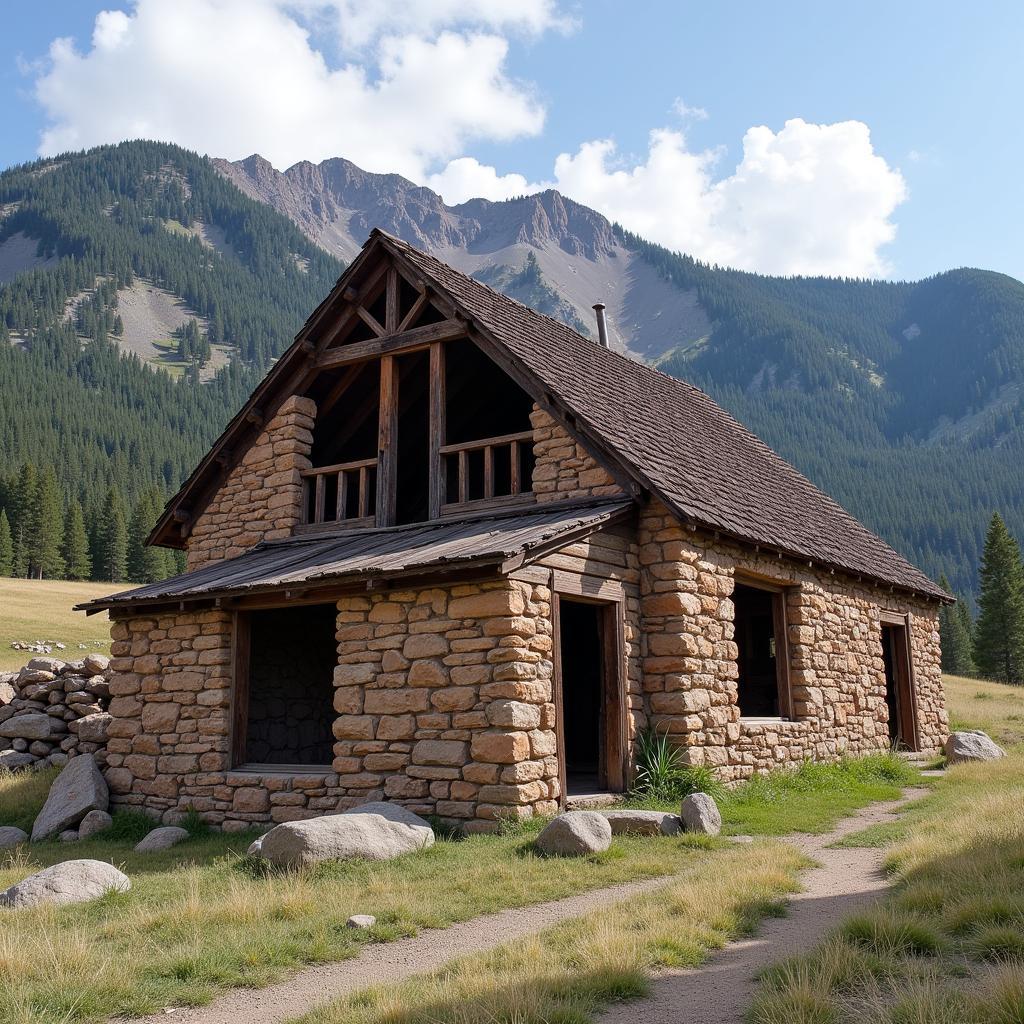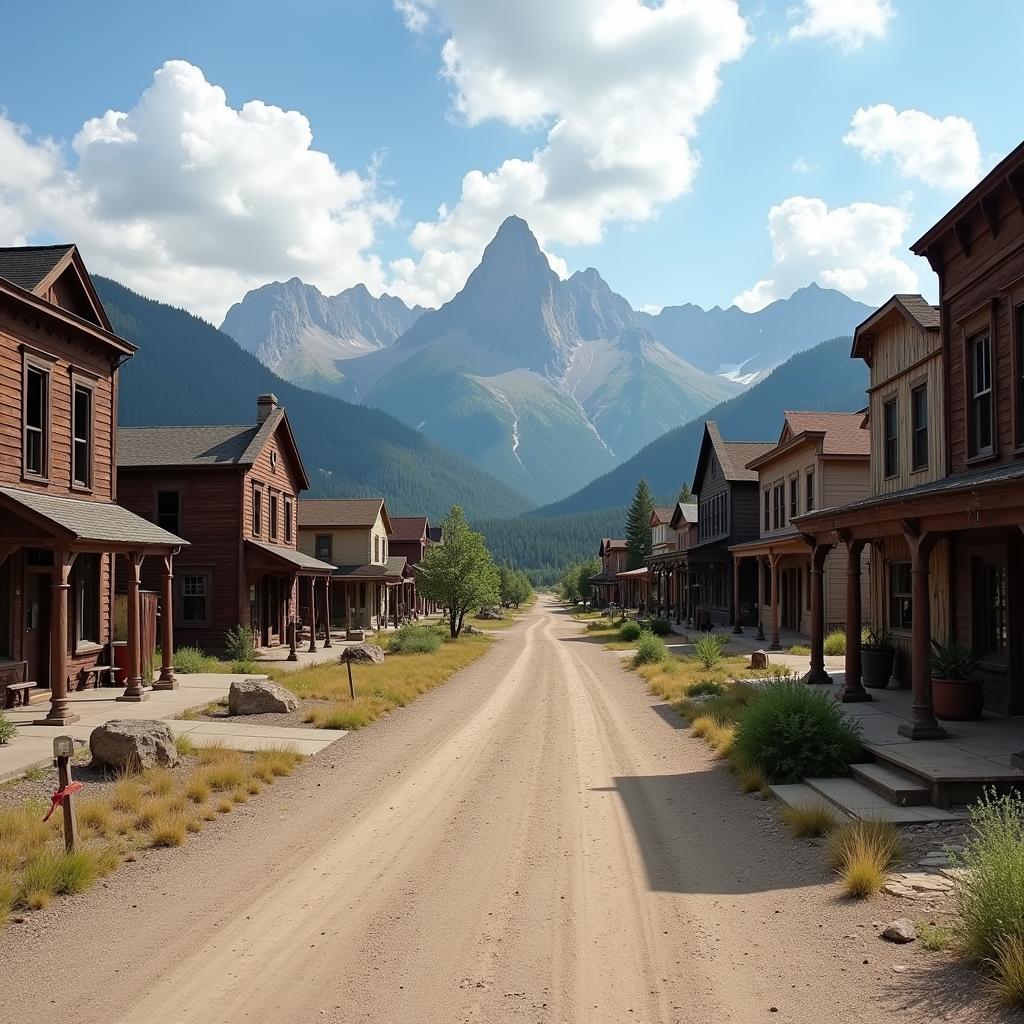The Dead Horse Mill in Colorado evokes a sense of mystery and intrigue, conjuring images of a bygone era in the American West. While the name “Dead Horse Mill” might sound grim, it’s a fascinating glimpse into the history of mining in Colorado. This article delves into the origins of the name, the mill’s significance in the region, and its lasting impact on the landscape.
The Story Behind the Name
Contrary to what the name might suggest, the Dead Horse Mill wasn’t named for any gruesome incident. The name is believed to have originated from a more practical, albeit somewhat unfortunate, circumstance. Local lore suggests that a packhorse, essential for transporting supplies in the rugged terrain, perished near the mill site. Unable to move the animal, the miners left it where it lay, and the location gradually became known as the “Dead Horse Mill.”
A Hub of Mining Activity
The Dead Horse Mill, like many others in Colorado, played a crucial role during the state’s mining boom. While the exact location and type of minerals processed at the Dead Horse Mill might remain unclear without further historical research, it’s safe to assume it contributed to the extraction of valuable ores, such as gold, silver, or copper. These mills were the lifeblood of mining communities, processing the raw ore extracted from nearby mines.
 Dead Horse Mill Ruins in Colorado
Dead Horse Mill Ruins in Colorado
The Legacy of the Dead Horse Mill
Today, the Dead Horse Mill likely stands as a ruin, a testament to the once-bustling mining activity that shaped Colorado’s history. The remnants of these structures, often found in remote mountainous areas, offer a tangible connection to the past.
 Colorado Mining Ghost Town
Colorado Mining Ghost Town
Preserving Colorado’s Mining Heritage
The story of the Dead Horse Mill is just one small piece of Colorado’s rich mining history. Many historical societies and organizations are dedicated to preserving these sites, recognizing their importance in understanding the state’s past. These efforts ensure that future generations can learn from and appreciate the legacy of mining in Colorado.
FAQs About the Dead Horse Mill and Mining in Colorado
Q: Are there any records of the Dead Horse Mill’s exact location or operations?
A: Specific details about the Dead Horse Mill might be challenging to find without more in-depth historical research. Local historical societies or libraries could be valuable resources for uncovering additional information.
Q: Where can I find more information about Colorado’s mining history?
A: Colorado has numerous museums, historical parks, and online resources dedicated to preserving and showcasing the state’s mining legacy. The Colorado Historic Preservation Office is an excellent place to start.
Exploring Further
If you’re interested in learning more about the Dead Horse Mill or Colorado’s mining history, consider visiting historical sites, joining local historical societies, or researching online databases. Uncovering the stories behind these places brings history to life and enhances our understanding of the past.
Need Help? Contact Us:
For assistance, please reach out to us at:
Phone Number: 0772127271
Email: [email protected]
Address: QGM2+WX2, Vị Trung, Vị Thuỷ, Hậu Giang, Việt Nam.
Our dedicated customer support team is available 24/7 to help.